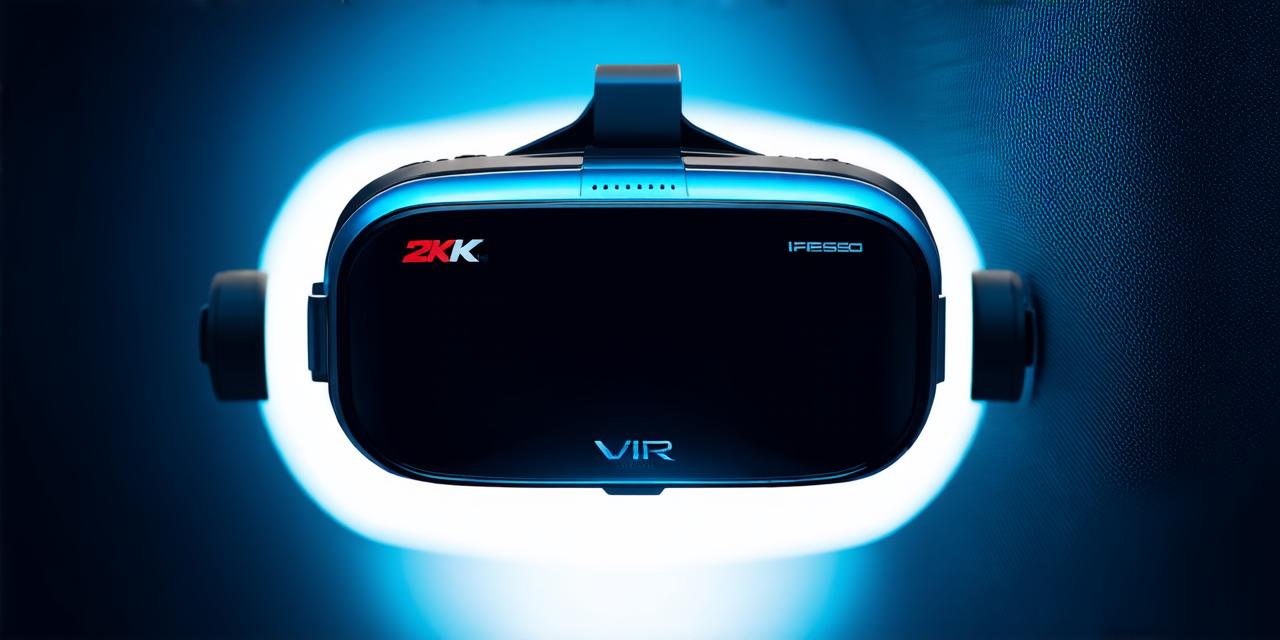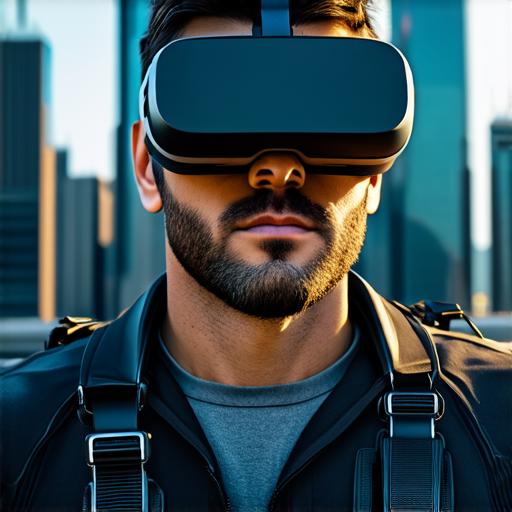
How do virtual reality headsets work?
Virtual reality (VR) is an exciting and rapidly growing field that offers developers a unique opportunity to create immersive experiences for users.
Hardware Components of Virtual Reality Headsets
Virtual reality headsets consist of several key hardware components that work together to create an immersive experience for the user. These include:
Display Devices
The display device in a virtual reality headset is responsible for rendering 3D graphics and displaying them on the screens inside the headset. There are two main types of display devices used in VR headsets: liquid crystal displays (LCDs) and organic light-emitting diodes (OLEDs). LCDs are generally more affordable, but OLEDs offer better color accuracy and viewing angles.
Tracking System
The tracking system in a virtual reality headset is responsible for capturing user input and tracking their movements within the virtual environment. There are two main types of tracking systems used in VR headsets: optical and magnetic. Optical tracking uses cameras to track the position of the headset’s sensors, while magnetic tracking uses magnets to detect changes in orientation and movement.
Sensors
Virtual reality headsets use a variety of sensors to capture user input and track their movements within the virtual environment. These include accelerometers, gyroscopes, magnetometers, and time-of-flight (ToF) sensors. Accelerometers measure acceleration, gyroscopes measure angular velocity, magnetometers measure magnetic field strength, and ToF sensors use infrared light to detect distance and depth.
Input Devices
Virtual reality headsets can be paired with a variety of input devices, including controllers, gloves, and full-body suits. These input devices allow users to interact with the virtual environment and perform actions such as pointing, grabbing, and walking.
Software Components of Virtual Reality Headsets

In addition to their hardware components, virtual reality headsets also require software to create a functional and immersive experience for the user. Some key software components include:
Operating System
Virtual reality headsets typically run on an operating system (OS) designed specifically for VR applications. These OSs are optimized for VR hardware and provide developers with a set of tools and APIs for creating VR experiences.
Development Kit
Developers can use a variety of development kits to create virtual reality applications, including Unity, Unreal Engine, and HTC Vive’s SteamVR platform. These development kits provide a set of tools and resources for creating 3D content, mapping real-world environments, and integrating user input.
Content Creation Tools
Virtual reality experiences require 3D content, which can be created using a variety of tools such as Blender, Maya, and 3ds Max. These tools allow developers to create 3D models, textures, and animations that are optimized for VR hardware.
User Experience Design
Creating a compelling virtual reality experience requires careful consideration of user experience (UX) design principles. Developers must take into account factors such as user comfort, motion sickness, and cognitive load when designing VR experiences.
Real-World Applications of Virtual Reality Headsets
Virtual reality technology is being used in a variety of industries to create immersive experiences for users.


